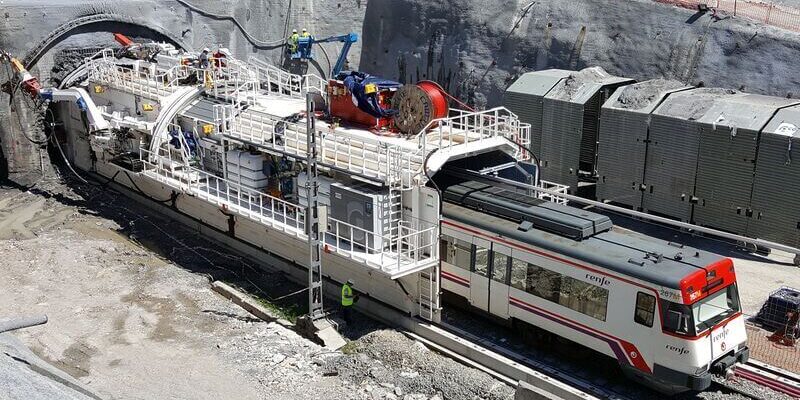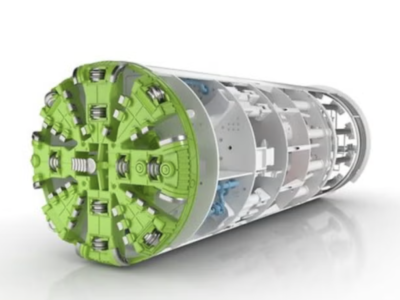
In order to refurbishing tunnels while maintaining rail services, Herrenknecht is to supply two of its Tunnel Enlargement Systems (TES) to German rail company Deutsche Bahn.
The Fachinger and Cramberger tunnels, which are 160-year-old, are the aims of these two machines for refurbishment, while location of the 426m-long Fachinger Tunnel is between Diez and Fachinger and the Cramberger Tunnel stretches among Balduinstein and Laurenburg with 732m length.
Typically, refurbishment restricts use of the tunnel, requiring rail operators to re-route trains or provide bus replacement services, or construction work is limited to night hours, all adding to the project’s time and cost.
Including a protective canopy that separates the working area from rail traffic, the TES, incorporates all equipment required for the refurbishment or enlargement and this allows services to continue while work is carried out.
Developing and relining a tunnel with the TES resulted in a cross-section and durability similar to a new tunnel, as Herrenknecht project manager Volker Breuning stated
The length of TES is about 40m and the machinery required for the project, such as excavator boom with hydraulic breaker, remote controlled shotcrete nozzle and drill rigs.
According to Breuning: “The TES uses drill and blast to enlarge the tunnel; the material falls to the side of the machine and is taken out by separate tunnel heading and loading machines.”
In 2017 the first TES of Herrenknecht company was supplied to a rail tunnel upgrade in Spain and expects good demand for the technology.
Considering that the tunnels around the world are ageing in order to meet current regulations, modernize emergency provisions, or renew the lining, they require refurbishing and upgrading. In the case of rail, tunnels may need to be enlarged to accommodate wider gauges and faster trains or to electrify the line.
In Austria, Switzerland and Germany alone there are 201 tunnels built between 1850-1870, 395 tunnels built between 1871-1890 and 186 built in the following two decades.
“Tunnel refurbishment is mainly driven by rail operators but it could also work on road tunnels. At present there are two stages to the work – excavation and primary lining, followed by the permanent lining – and Breuning said it would be a good option if the two stages could be combined. But this is an outlook for the future and to be developed,” added Breuning.
















